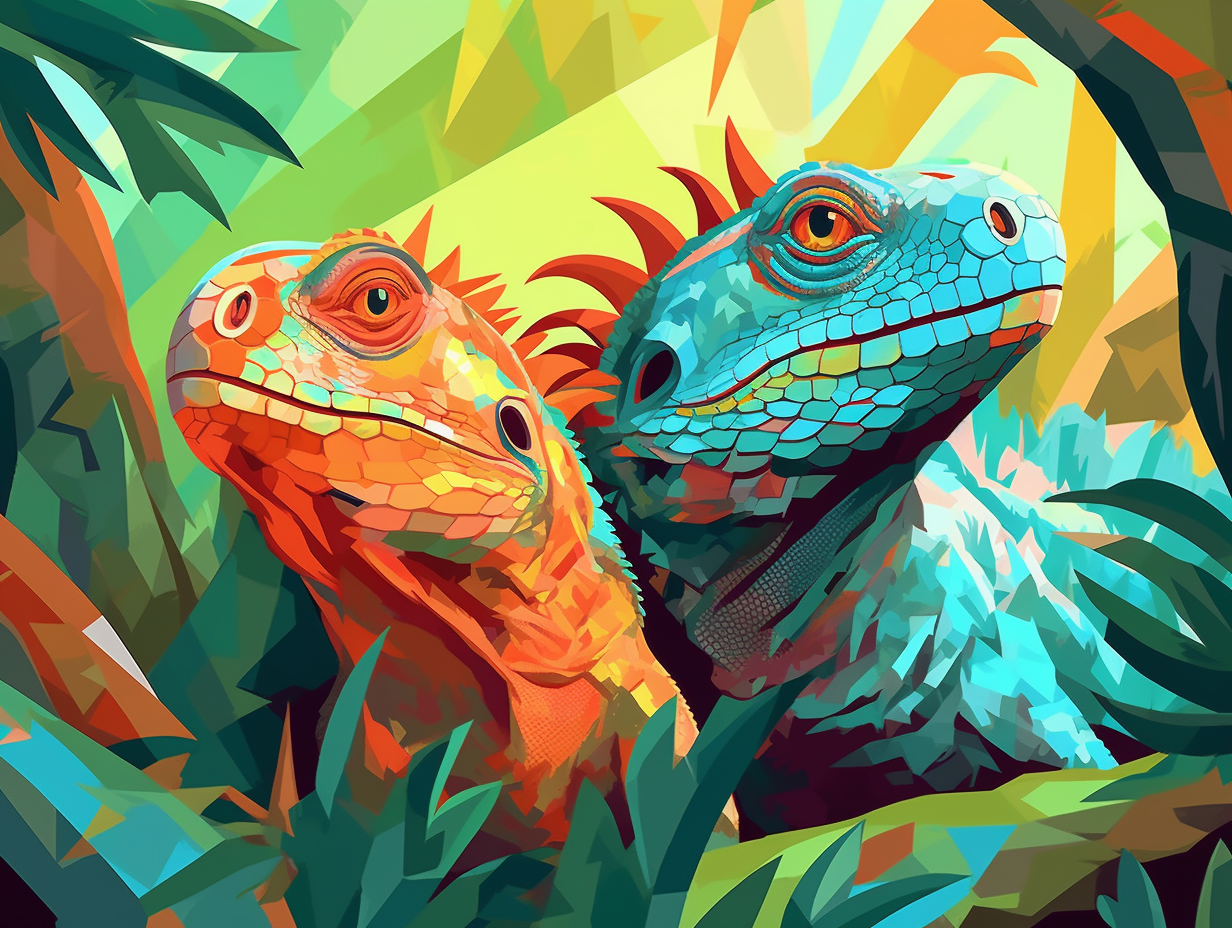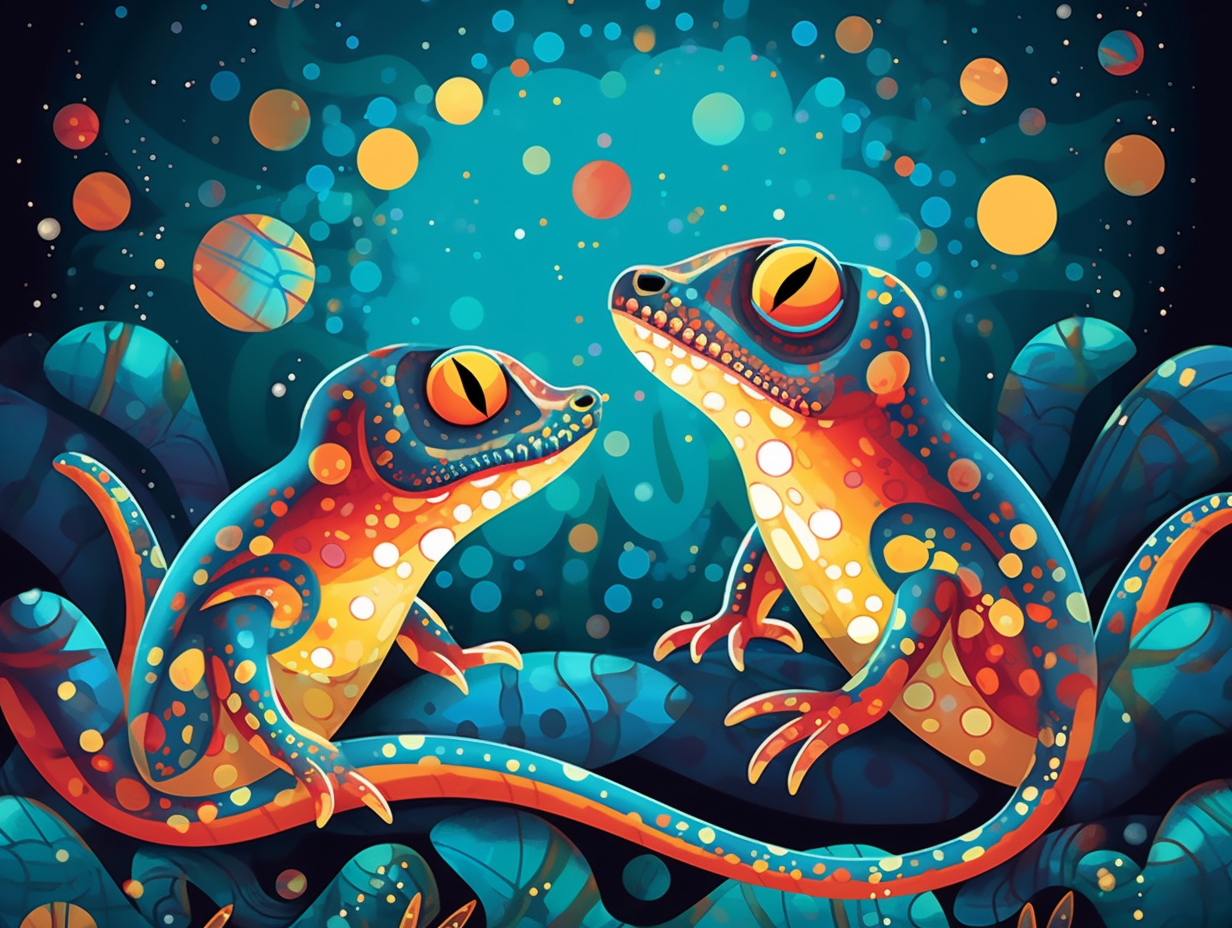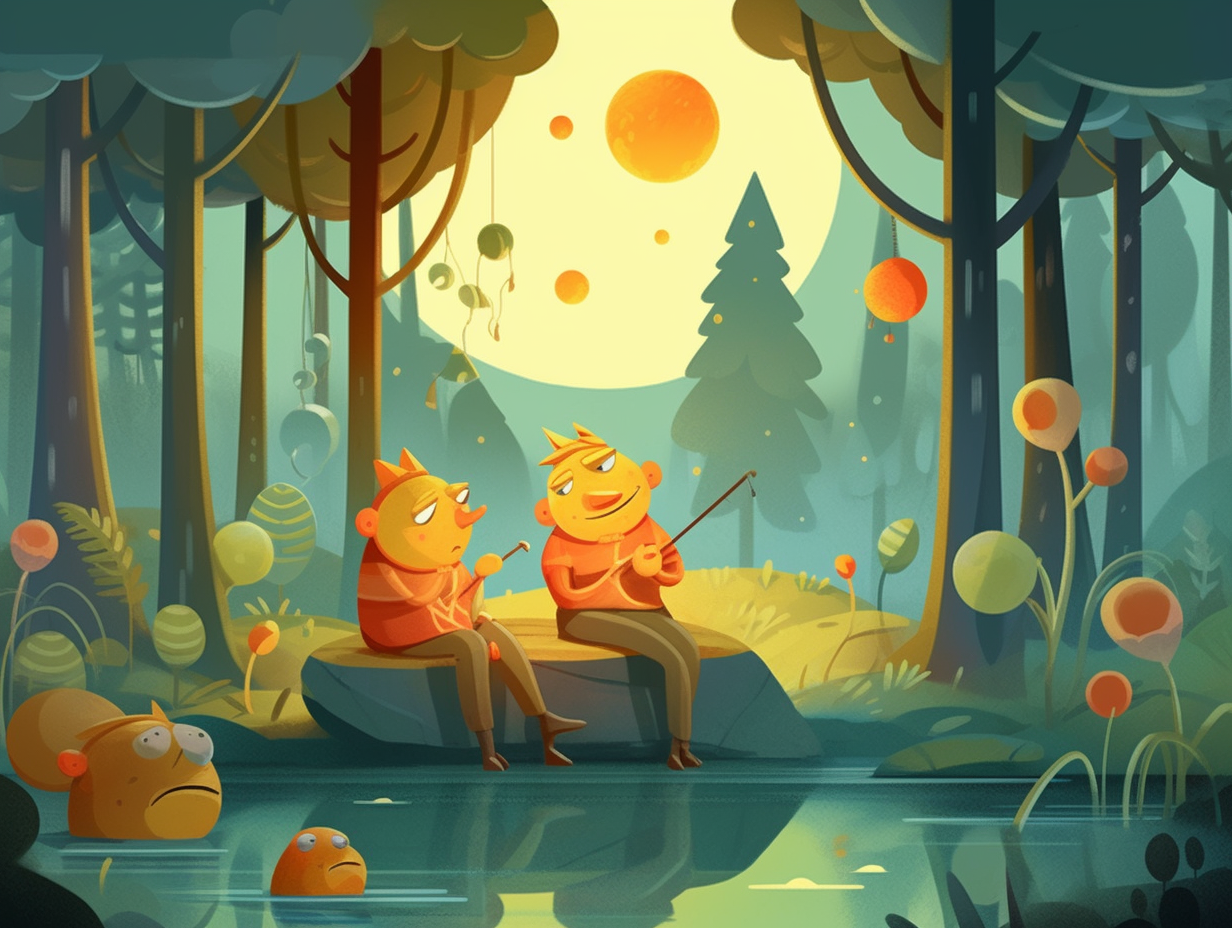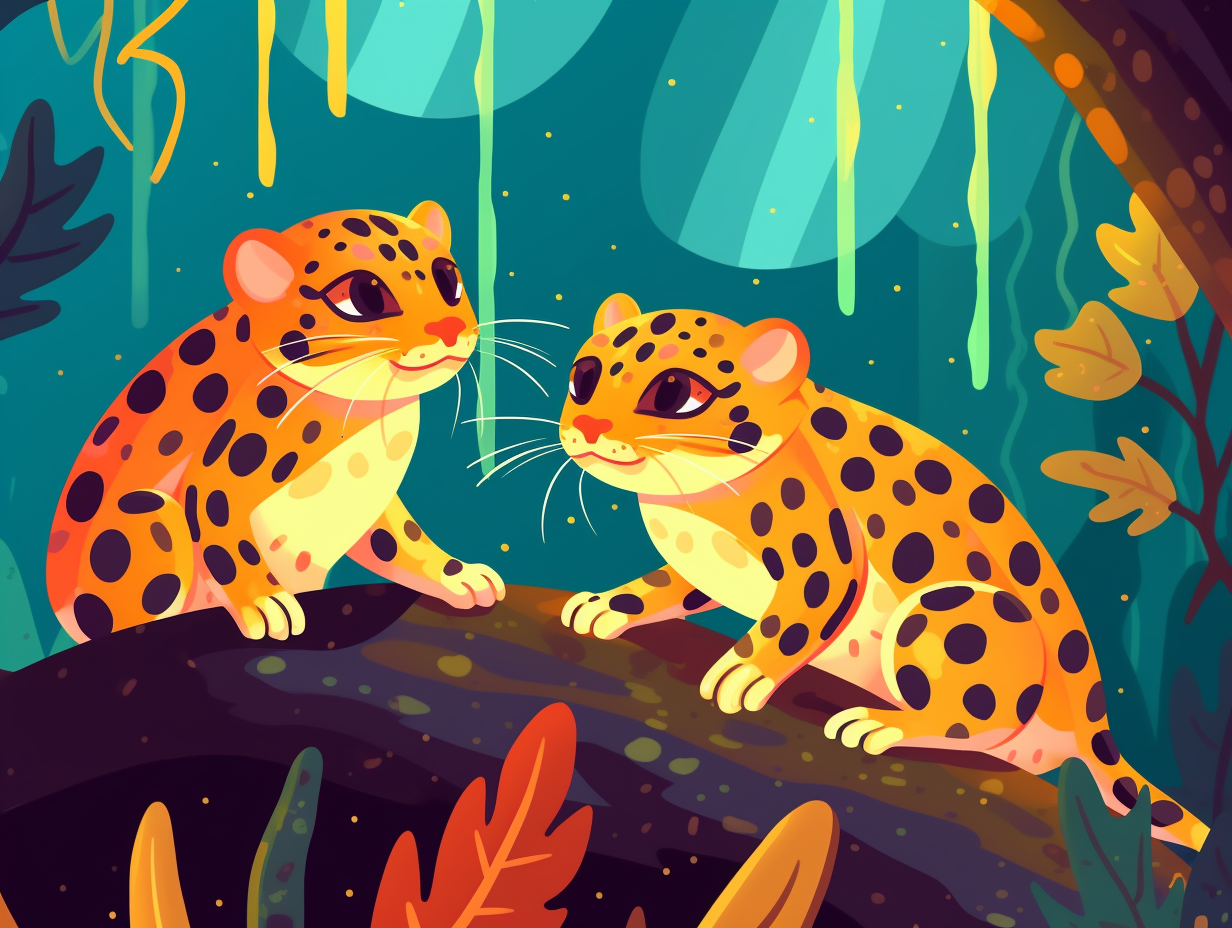Discover the Wonders: Top 13 Amazing and Entertaining Facts About Blue Tongue Skinks
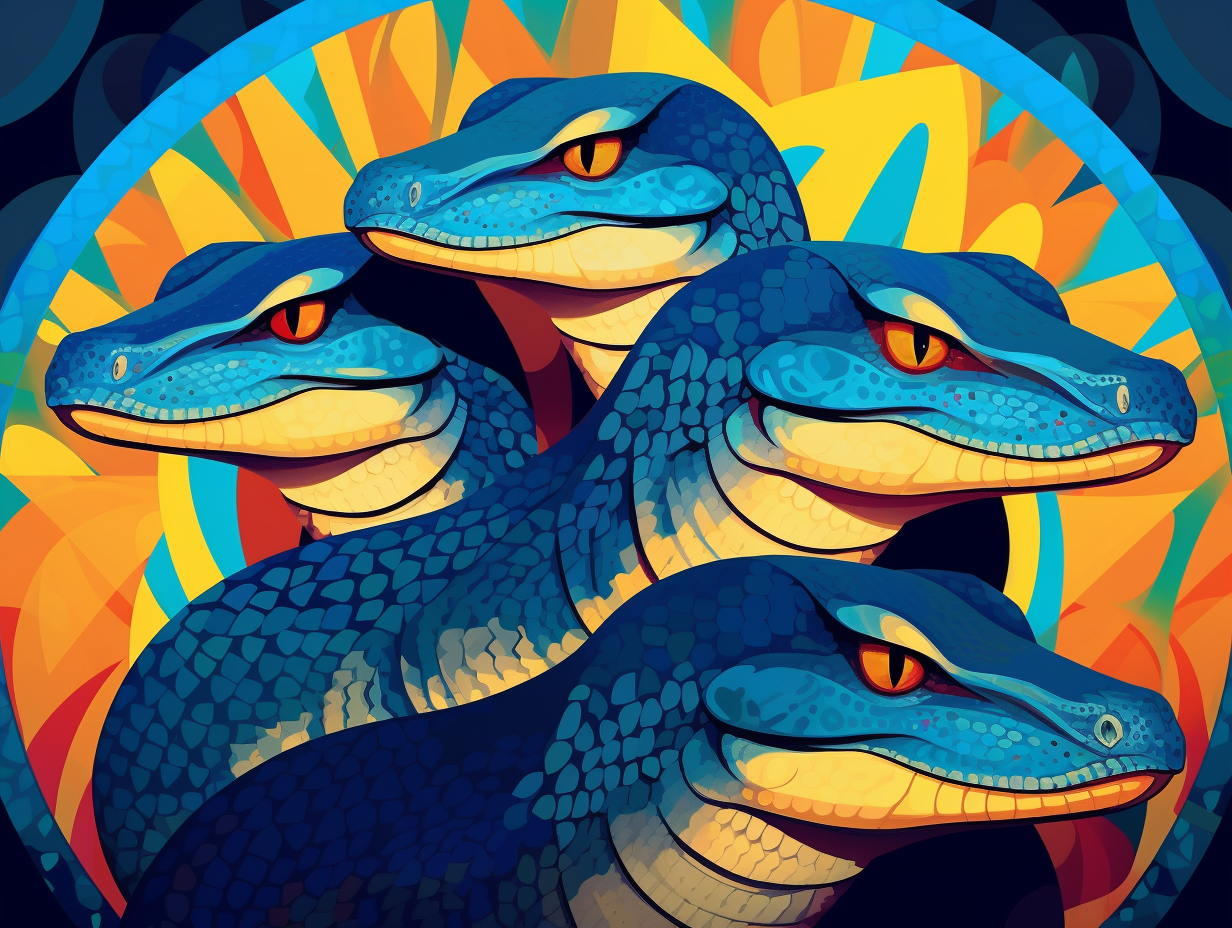
1. Snake-Lizard Love Child
If snakes and lizards had a love child, the Blue-Tongued Skink would be its weird, blue-tongued cousin: A unique reptile that resembles a snake with its diamond-shaped head, it is actually a lizard that dons tiny legs and blinking eyelids, while using its vibrant blue tongue for both smelling the air and pulling off its slithery shenanigans.
Source => tinytailstoyou.com
2. Hissing Secret
Got the blues? This skink sure does – but it's got a hiss-terious secret, too: While blue tongue skinks do use hissing as a defense mechanism when they feel threatened, contrary to popular belief, they don't actually flaunt their vivid blue tongue as a warning sign. Their open-mouthed hiss takes center stage to spook away any potential danger.
Source => lizards101.com

Did you know bearded dragons can change their colors for communication, camouflage, and even to express their emotions? Discover the fascinating reasons behind their hue-altering abilities!
=> Fun Facts about Bearded-Dragons
3. Gourmet Skink
Picture it, a scaly gourmet in the wild Australian outback, nibbling on escargot and sipping berry smoothies, while debating whether to indulge in some chicken liver pate: that fancy fellow is none other than the blue-tongued skink, who thrives on a diet of insects, fruits, and the occasional morsel of cooked chicken or turkey heart and liver, although meats should not be their primary source of protein.
Source => exoticdirect.co.uk
4. Baby-Carrying Mystery
These blue tongue skinks aren't just giving you the cold shoulder – they're carrying tiny, baby-shaped secrets in their reptilian tummies: Unlike typical egg-laying reptiles, these fascinating creatures use ovoviviparity to carry fertilized eggs inside their bodies for 3-5 months, ultimately giving birth to live young.
Source => thereptileroom.net
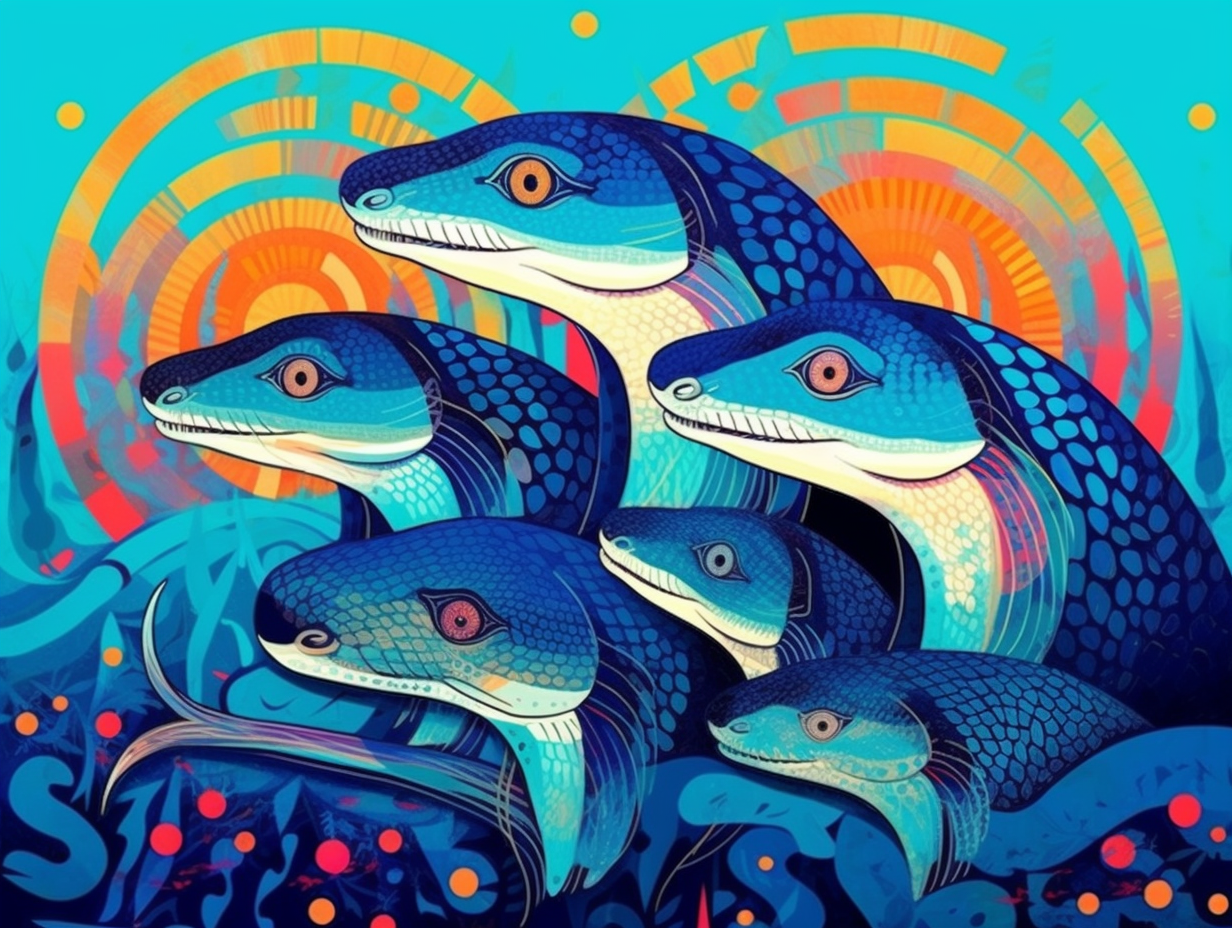
5. Smurfs Meet Godzilla
If the Smurfs and Godzilla had a sleepover, you bet a blue-tongued skink would be their ultimate love child: A charming and gentle reptile native to Australia, these blue-tongued creatures make ideal pets for beginners and kids, living up to 20 years in captivity and munching on a varied diet of veggies, fruits, and meat all while requiring a sizable crib with proper lighting. Just beware of their strong jaws and teeth; their rendition of a good old-fashioned love bite can smart more than you'd expect!
Source => thesprucepets.com
6. Appetizing Blues
Feeling blue has never been so appetizing: Blue-tongued skinks are ground-foraging omnivores with a taste for insects, gastropods, flowers, fruits, and berries, making them delightfully low-maintenance pets – unless you're a pygmy blue-tongue, in which case, hold the flora and pass the arthropods!
Source => en.wikipedia.org
7. Ageless Wonders
They say age is just a number, but for blue tongue skinks, it's a marathon, not a sprint: Blue Tongue Skinks have been known to live up to a whopping 30 years in captivity, given the right care, diet, and those essential veterinarian spa days – putting them right up there with a human Millennial's commitment to their pet rock.
Source => mypetreptiles.com
8. UV Tongue Defense
Blue tongue skinks really know how to stick out their tongue when they're feeling blue: these quirky reptiles use their tongues' intense UV luminance and aggressive defensive behaviors, like hissing or inflating their bodies, to induce a startle response in predators, buying enough time to slither away to safety.
Source => cnet.com
9. Lighting Up with D3
Looking to "light up" your life with some vitamin D3-drenched reptilian buds? Meet the blue tongue skinks: These sunbathers are dependent on essential UVB lighting to not only maintain their stylish, bony builds but also for overall health, as proper UVB exposure leads to healthier vitamin D levels in their scaly bloodstreams.
Source => reptifiles.com

10. Perfect Pet Profile
If blue tongue skinks had a dating profile, it would say, "Looking for a warm lap and a plate of mixed grub": With their amiable and inquisitive nature, these scaly conversationalists enjoy nothing more than cozying up to their humans and feasting on diverse delicacies, such as fruits, veggies, and insects – proving themselves to be easy-to-please, low-maintenance partners in the wonderful world of pet companionship.
Source => everythingreptiles.com
11. Tongue-in-Cheek Camouflage
They say a picture is worth a thousand words, but for the blue tongue skink, it's worth a whole lot more than that: it sticks out its bright blue tongue as a non-toxic mimicry of poisonous creatures to deter predators from attacking – talk about a tongue-in-cheek defense!
Source => lvzoo.org
12. Skink Sleuthing
Move over Sherlock Holmes, there's a new detective game in town: Skink Sleuthing! Can you determine the gender of the ever-evasive blue-tongued skink? The game is afoot: Factually, the sex of a blue-tongue skink cannot be distinguished by their body shape or coloration alone. To identify male skinks, one must carefully observe behavioral traits like the ejection of seminal plugs, eversion of hemipenes during excretion, or their aggressive behavior during mating. Let the skink shenanigans ensue!
Source => reptilesmagazine.com
13. Aging Gracefully
Move over Benjamin Button, the blue-tongued skink is here to show you how to age with grace: These scaly superstars thrive in captivity, celebrating their sweet 15th birthday and then some, with recorded lifespans ranging from 15 to 32 years!
Source => petmd.com
Related Fun Facts

